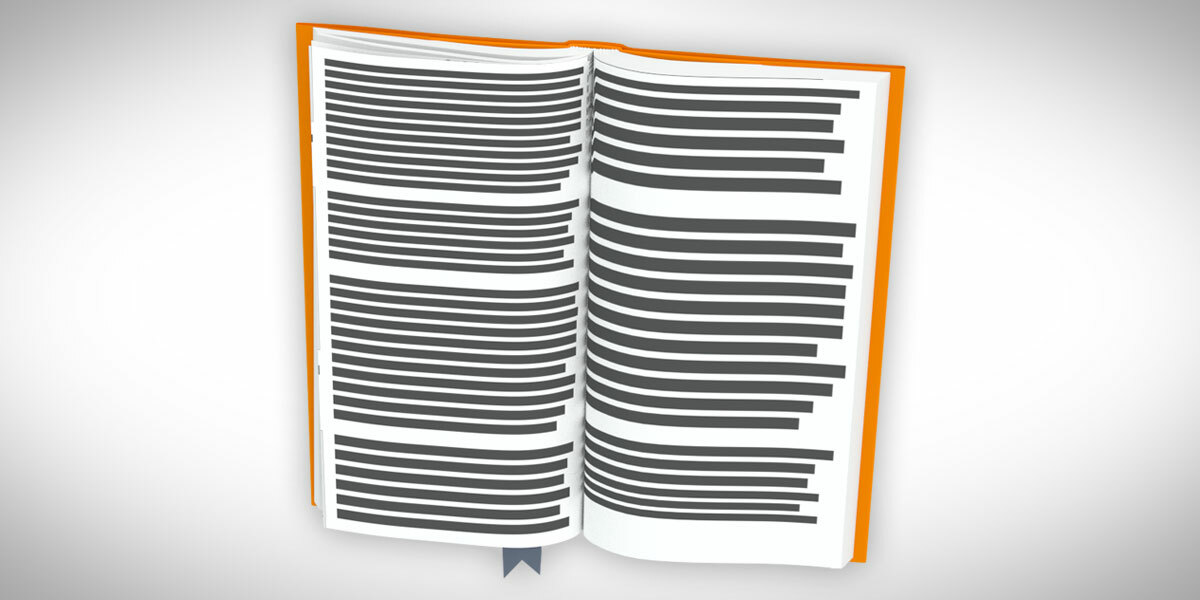Write Great Product Descriptions

You worked hard to create a fantastic product the world has been waiting for and are excited to get it out in the marketplace and start selling. But could your product description be working against you? Just like packaging, a powerful product description can turn a browser into a spender, or put people off your product entirely. The good news is, it doesn’t take a degree in creative writing to get it right: follow these simple suggestions and start writing more powerful product descriptions that inform and inspire.
Sell with Emotion
It's easy to get stuck writing about technical features and specs. After all, these make up your product! However, most customers aren't all that interested in those. What they really want to know is: How will the product benefit me? Which problems, workflows, and hassle does it solve? Relate your product to your customer and show them how each feature is going to make their lives easier.
Write to your Ideal Customer
If you focus too much on writing a product description that addresses a wide swath of customers, you run the risk of it becoming too watered down and generic. Try and write as though you're addressing your ideal customer. Not sure how to start? Imagine that you are having a face-to-face conversation. How would you talk to them? Would you be serious or funny, technical or artistic? Now try and use the same tone for your writing.
Stay Away from Catchphrases
Have you ever realized that everyone creates High-Quality products? When customers hear cliche phrases like High Quality, Innovative or Unique, their eyes are likely to glaze over. These are advertising catchphrases people get bombarded with every day. Instead of using generic keywords, be specific. Tell them the details of why you have the highest quality product and then describe the benefit of each of the features you've listed (and remember: relate it to your customer!).
Pique Customer Imaginations
Selling online goods is hard; people are more willing to buy a product if they can touch and feel it. Turn this limitation to your advantage by piquing your readers’ imagination and telling them what owning and using your product will be like. In what scenario might it help them? How will owning it make their lives easier and more productive? Don’t shy away from describing the experience; paint a scenario in which they already own the product and are enjoying its benefits. Chances are, they will want to turn it into reality right away.
Tell a Story
Don't just give customers a bulleted feature list. Instead, tell a story about the product, it's conception and development. Here are some questions to ask yourself when writing your mini-story:
- Why did you create this product?
- How does it help you in your daily work?
- Was the product tested and by whom?
No matter how technical your product is, you can always give it a breath of life by setting it into a simple narrative. In social sciences, this technique is called framing and is extremely effective for making people relate positively to a new concept.
Get an Endorsement
No, you won’t need Nike…(although if you can, just do it!) If you created a product that is fairly complex like an add-on, you should be asking other users to test it to make sure it works and is user-friendly. You have just completed an amazing procedural shader pack. Why not ask Kent Trammell, Reynante Martinez or Manu Jarvinen to test it? If they enjoy it, request their permission to use their statement in your product description. Here are a few examples of positive testimonials:

Make it Easy to Read
So far so good; your product description sparks emotions, speaks to the right customer, is cliche-free and maybe even includes words of praise by another artist. But is it easy on the eye as well? If it's a long block of straight text, it is likely to look daunting and put people off. Break up your paragraphs, keep them short and simple and use bullet points effectively when listing details or benefits. Do tell a story - just don't make it a novel.
Check your grammar
If you're like me, grammar and spelling are not your strong suit. However, I've come to learn and appreciate their importance. Let’s face it; if your product description contains typos, your customers may question your abilities as well as your attention to detail. But even if you struggle with writing, chances are you know someone who is better at it than you. Have them review your description and ask for feedback. This may be even more important if English isn't your native language. If you have no other help, you can use an online grammar and spell checker, but keep in mind that they don’t always spot every mistake. An additional benefit of a well-written description is that it makes the review of your submitted products quicker and easier - and this, at the end of the day, will make me happier as well.
Writing great product descriptions is neither magic nor an exact science and like any other skill, it takes practice and time. The above steps are great for making the right impact and I encourage you to get extra practice by paying close attention to product descriptions written by others and thinking about what makes them work (or fail) and why. What other techniques do you use when writing product descriptions? If you're a customer, what information do you look for in a description? Let us know in the comments.